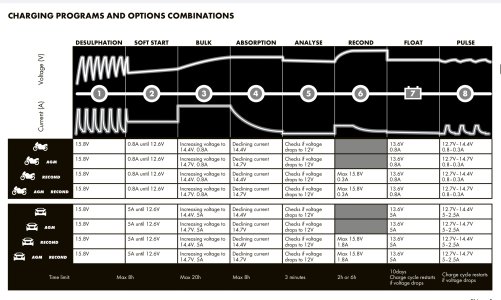martincfreeman
New member
Advice needed as I am not sure if something is not right… I recently had a new battery after the dreaded “low battery please start engine message” (despite it being on a Ctek trickle charger).
I took the car off charge with the Ctek showing green / fully charged. Drove 40 miles. The car stood for a day and I then drove 40 miles back ( with a petrol stop in the middle). I put the Ctek back on straight away and 7 hours later it is still charging (stage 2 < 80%).
Surely the battery should have been fully charged after 40 miles (1hour of driving), is there a bigger problem?
Advice / experience gratefully received.
I took the car off charge with the Ctek showing green / fully charged. Drove 40 miles. The car stood for a day and I then drove 40 miles back ( with a petrol stop in the middle). I put the Ctek back on straight away and 7 hours later it is still charging (stage 2 < 80%).
Surely the battery should have been fully charged after 40 miles (1hour of driving), is there a bigger problem?
Advice / experience gratefully received.
